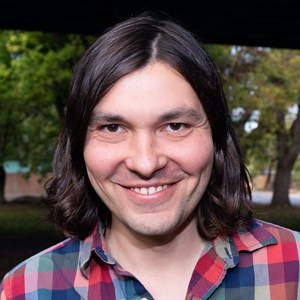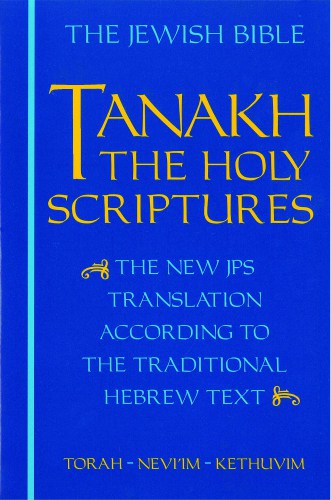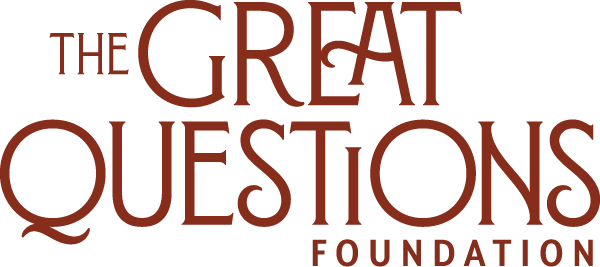A Point is that which has no part. A line is a breadless length
Euclid
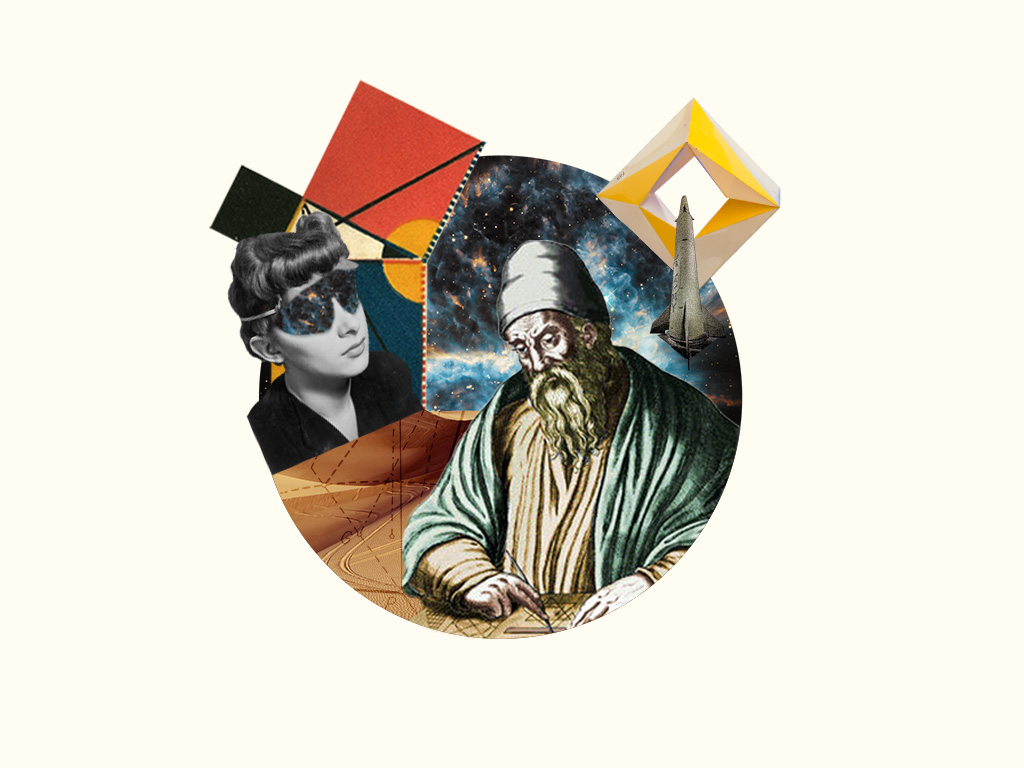
Euclid's Elements: book one
Euclid
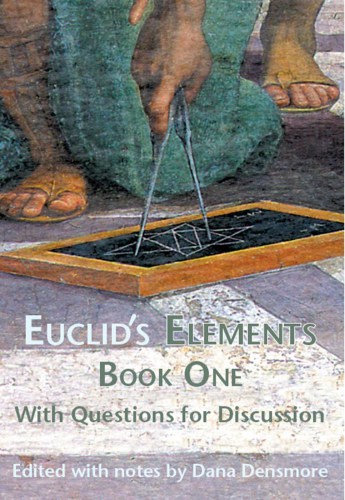
Euclid, Thomas L. Heath, and Dana Densmore. Euclid's elements : book one : with questions for discussion. Santa Fe, N.M: Green Cat Books, an imprint of Green Lion Press, 2015. Print. ISBN: 978-1-888009-46-0
“Euclid's Elements has stood for well over two millennia as the exemplar, not just of classical geometry, but of the axiomatic and deductive structure characteristic of all pure mathematics.
The range of its thirteen books goes beyond what we think of as geometry, extending to the general theory of proportions, number theory, and an innovative and ingenious treatment of incommensurability. Euclid speaks to us with a voice as clear and universal as laughter. The simplicity, clarity and elegance of Euclid’s proofs and the beautiful sequence of their unfoldings both delight and instruct. They provide a paradigm of what constructing a proof means and an education in how it is done.
Very little is known about Euclid’s life. Thomas L. Heath, historian of Greek mathematics and Euclid’s English translator, says that it is most probable that Euclid received his mathematical training in Athens from the pupils of Plato because most of the geometers who could have taught him were of that school, and it was in Athens that the mathematicians on whose works Euclid’s Elements depends had lived and taught. This would place Euclid later than 347 B.C.E.On the other hand, Apollonius of Perga refers to Euclid in his introductory letter to Book I of the Conics. Since Apollonius was born about 262 B.C.E.,this would place Euclid earlier than 200B.C.E. So much for what we know about Euclid’s life. What we know of Euclid himself we know through the brilliant work he left us.”
–Dana Densmore (Eulid’s Elements: Book One with Questions for Discussion, Green Cat Press)
Why This Text is Transformative?
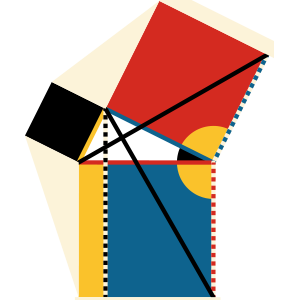
Euclid alone has looked on Beauty bare.
Let all who prate of Beauty hold their peace,
And lay them prone upon the earth and cease
To ponder on themselves, the while they stare
At nothing, intricately drawn nowhere
In shapes of shifting lineage; let geese
Gabble and hiss, but heroes seek release
From dusty bondage into luminous air.
O blinding hour, O holy, terrible day,
When first the shaft into his vision shone
Of light anatomized! Euclid alone
Has looked on Beauty bare. Fortunate they
Who, though once only and then but far away,
Have heard her massive sandal set on stone.
–EDNA ST. VINCENT MILLAY (1892-1950)
Through the study and demonstration of his geometrical proofs, students learn the structure of logical arguments and what it means to prove something.
Euclid’s text is a model for how to think clearly and logically. Through the study and demonstration of his geometrical proofs, students learn the structure of logical arguments and what it means to prove something. After one understands an entire proof of Euclid’s, you know what it feels like to really know that something is true. His proofs provide a window onto the beauty of truth and inspire us to want to open it further. Studying this text provides a benchmark by which students can judge how well they know other things. “Is this as clear to me as a Euclid proof?” If not, there is more to understand and work to be done!
Student’s in Austin Community College’s Great Question Seminar study Book 1 of the Elements in fulfilling a first-year requirement.
A Focused Selection
Study Questions
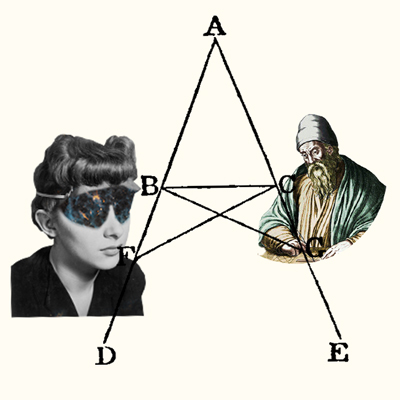
Euclid takes time. If you intend to complete the entirety of Book One with students, set aside at least two to three weeks if your class meets twice a week. The time invested is well worth it.
Dana Densmore’s edition of Book One with Questions for Discussion provides a number of exceptional study questions focused on each proposition as well as the Definitions, Postulates and Common Notions. In one of her study questions on the Definitions Densmore asks, “What is the relationship between geometric systems and reality? Are geometric entities imaginary? Could a system that has been seen as the standard of true knowledge be founded on things that aren’t real? Plato claimed that mathematical objects are truer and in some sense even more real than things we perceive with our senses. What could that mean? Is there a useful distinction between things that are ture and things that are real? Are there different kinds of reality? Where do geometric entities fall?” Please see her text for other examples of excellent study questions associated with each part of Book One of Elements.
Building Bridges
Reading Euclid alongside any text addressing the beginning of the universe and the origin of human beings, such as Book 1 of Genesis or The Rig Veda, would make for an exciting pairing. They each contain first principles, similar to the beginning of Euclid. Students could be asked to identify the Definitions, Postulates and Common Notions of these accounts of creation and to imagine how the geometry of their lives would be different if they accepted the first principles of one of these texts.
Supplemental Resources
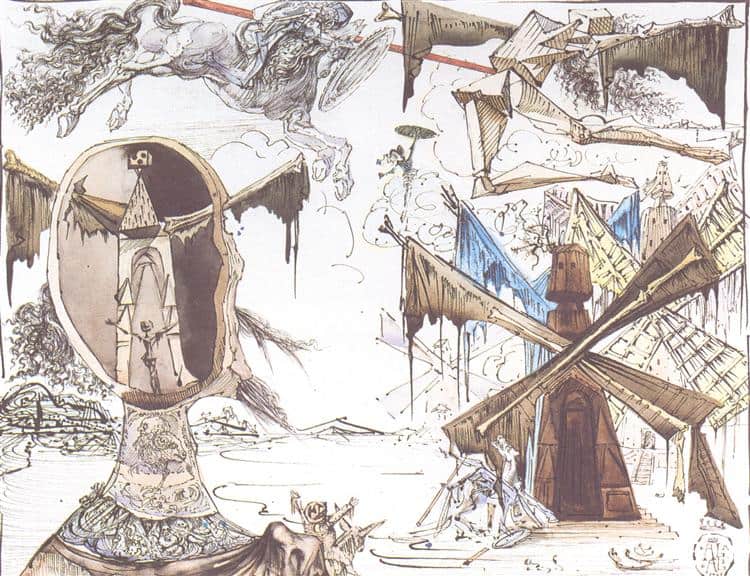
Don Quixote and the Windmills, 1945 - Salvador Dali - WikiArt.org
Don Quixote has been an inspiration for many visual artists. Spanish surrealist Salvador Dali returned to the novel multiple times throughout his long career, creating sketches, paintings, and sculptures of Don Quixote and Sancho, depicting important episodes in the book. A pairing of an episode with one of Dali’s works can lead to a stimulating discussion.
What details do students notice? What do his artistic choices suggest about his interpretation of the characters? To the extent that students are familiar with the story of Don Quixote, it is likely to be as it is filtered through the musical The Man of La Mancha. The musical has its own merits, and is framed by the interesting device of placing Cervantes on stage as a narrator, but of course it is impossible for it to capture much of the complexity of the book – and it alters the ending dramatically. Students may find it interesting to compare the two endings.
Text Mapping
Discipline Mapping
History
Humanities
Philosophy & Religion
Page Contributor
